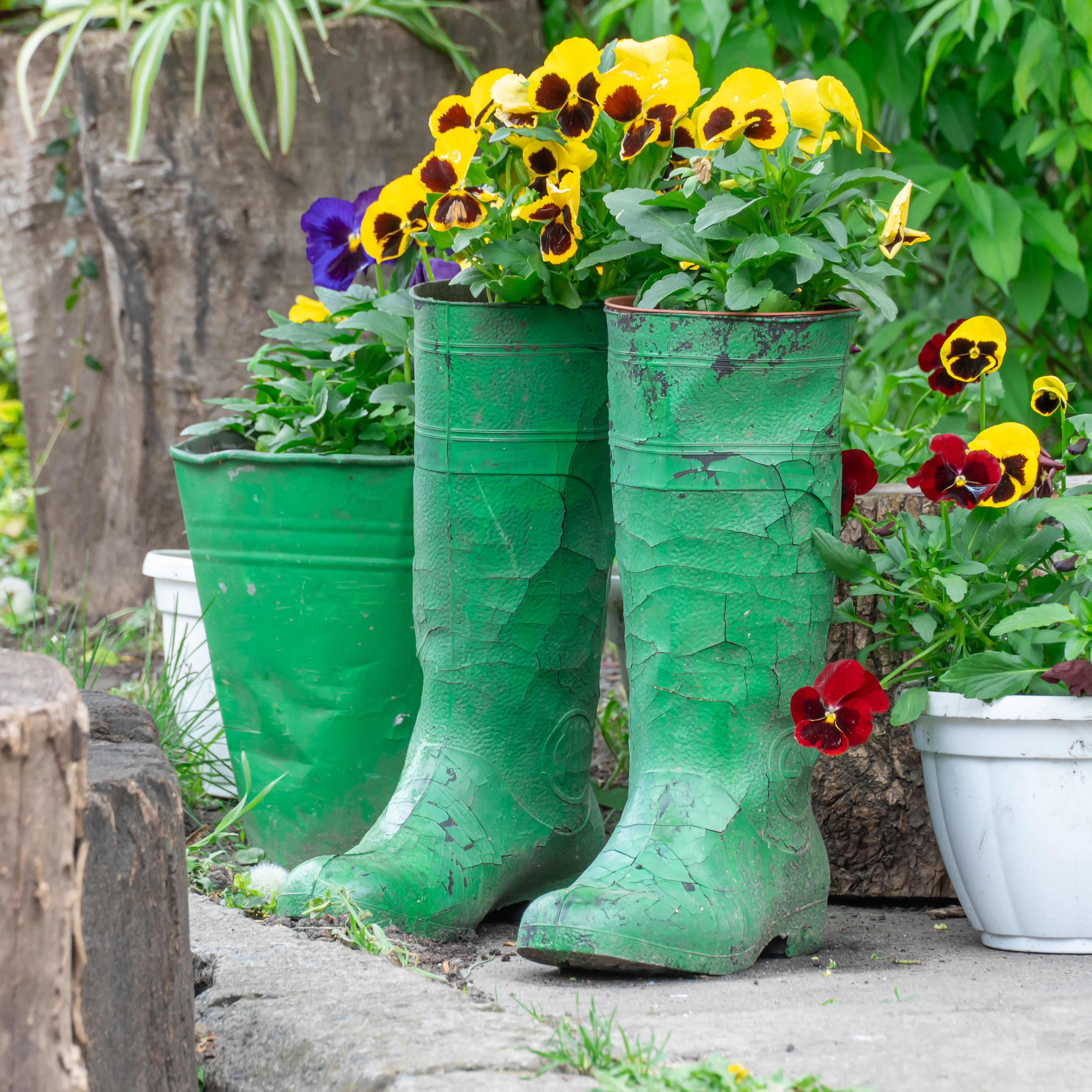Learn About The History Of Bearberries

Did you ever wonder what bears have for lunch in the boreal forests of the Arctic and Subarctic? Bearberry is often on the menu in the northern regions of North American, Europe and Asia. The history of bearberries is fascinating, since it's a plant long used in homeopathic and folk medicine. For more information about bearberry plants through time, read on.
Bearberry Plants through Time
Bearberry's scientific name is Arctostaphylos uva-ursi, and it's a low-growing member of the heath family, sometimes called kinnikinnick. Essentially a prostrate ground cover, bearberry shrubs are evergreen and offer flowers in springtime. The woody stems on these plants can grow to 5 or 6 feet long (1.5-1.8 m.) and produce a thick, wide matt. The little flowers look like narrow bells and can be white, pink or pink tipped. They develop into edible red berries, mealy to humans but delicious to bears. In fact, the species name "uva-ursi" means grape of the bear. Currently, gardeners use these shrubs as evergreen groundcover. The leaves take on an attractive golden hue in autumn. When you start talking about the uses of bearberry plants throughout history, you'll find that they have long been used in homeopathic medicine. From the Middle Ages, the herbals mention Uva Ursi as a reliable diuretic for urinary infection. By the early 1800s, it was a staple of herbal medicine in London. The history of bearberries in North America started in Canada. First Nations traditionally used bearberry roots to make a tea to treat persistent coughs. It was also used to slow excessive menstrual bleeding. They also made medicines from the stems that were used by women to prevent miscarriage, to assist recovery after childbirth or to induce menstruation. A drink made from the evergreen leaves was thought to cure bladder and kidney problems. Today, the plant is used less for homeopathic medicine than it was earlier in bearberry history. You can find bearberry leaves are in herbal teas available in commerce. They are suggested for use as a diuretic and to treat infections of the bladder, urethra, and kidney.
Gardening tips, videos, info and more delivered right to your inbox!
Sign up for the Gardening Know How newsletter today and receive a free copy of our e-book "How to Grow Delicious Tomatoes".

Teo Spengler is a master gardener and a docent at the San Francisco Botanical Garden, where she hosts public tours. She has studied horticulture and written about nature, trees, plants, and gardening for more than two decades. Her extended family includes some 30 houseplants and hundreds of outdoor plants, including 250 trees, which are her main passion. Spengler currently splits her life between San Francisco and the French Basque Country, though she was raised in Alaska, giving her experience of gardening in a range of climates.
-
 Creative Ideas For Plant Containers: 7 Ways To Save Money And Add Charm To A Garden
Creative Ideas For Plant Containers: 7 Ways To Save Money And Add Charm To A GardenIf you are looking for great ways to add personality to your container gardening – and even save yourself some money – then try these creative ideas for plant containers
By Mary Ellen Ellis
-
 How To Make A Bouquet Garni Or Herb Bundle For Cooking
How To Make A Bouquet Garni Or Herb Bundle For CookingIf you’re a great cook, you may have made an herb bundle before. If this is a new idea, learn how to add sparkle and interest to your dish with a bouquet garni.
By Amy Grant